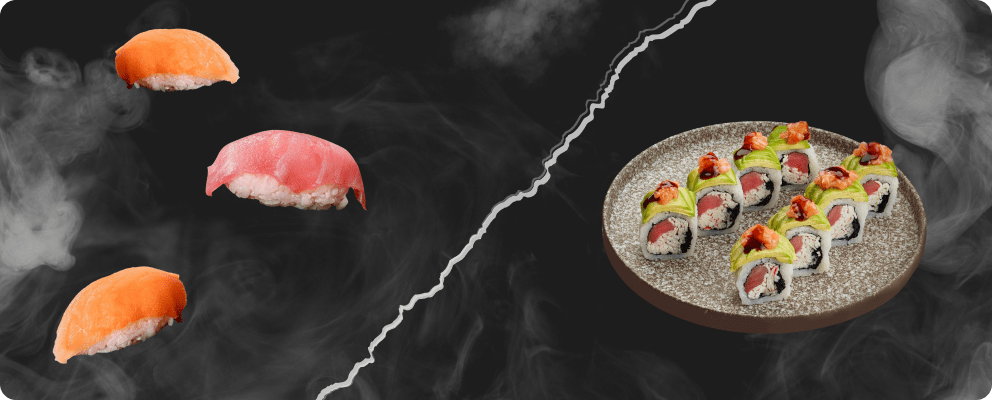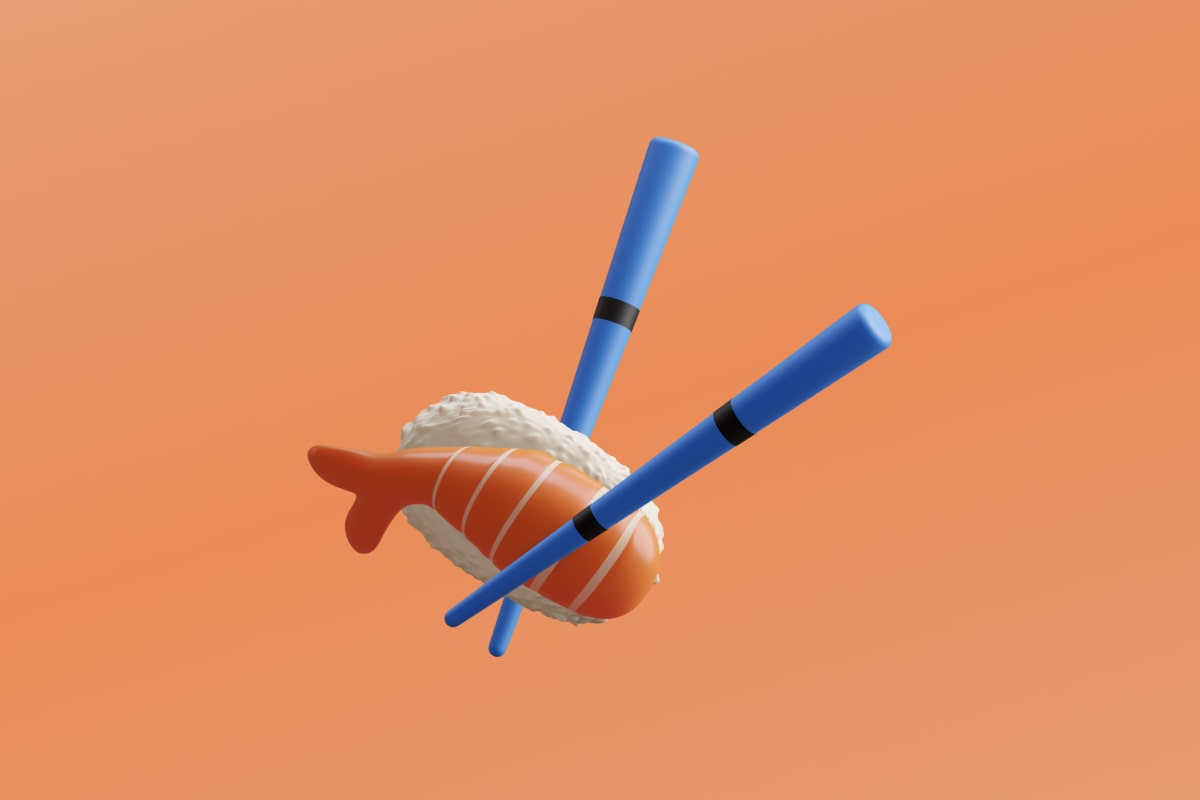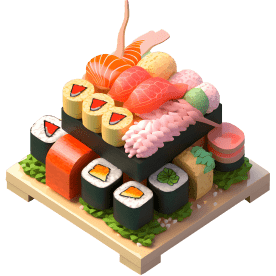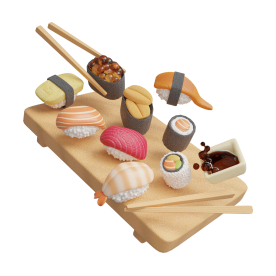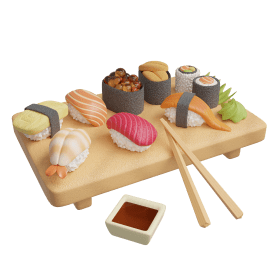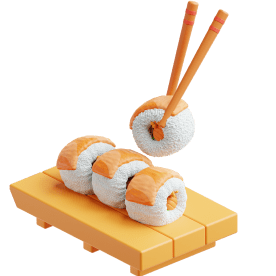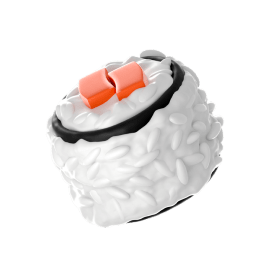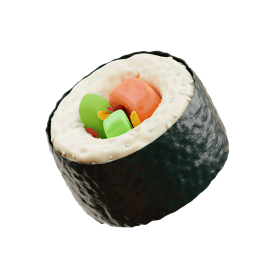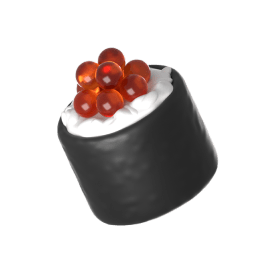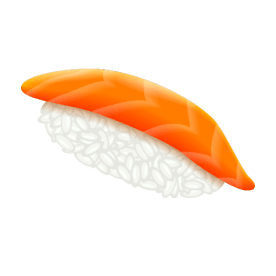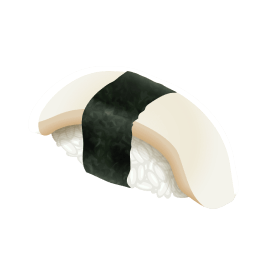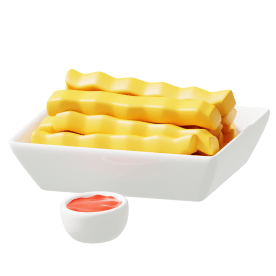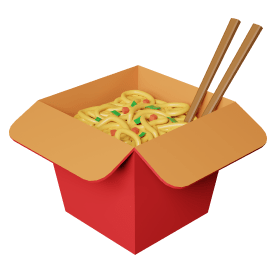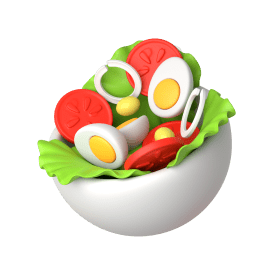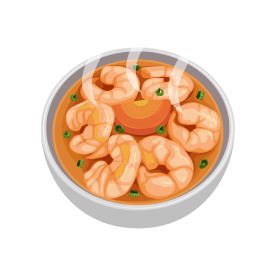What are the differences between sushi in Japan and in other countries?
What is the first thing that comes to your mind when you hear the word "sushi"?
Most likely, you imagine appetizing rolls with a sheet of nori, rice, and fish or vegetable filling.
However, for the Japanese, sushi is nigiri, rice covered with a thin slice of fish, sometimes wrapped in a thin sheet of nori.
Rolls are not particularly associated with Japan, as the first philadelphia rolls were made in America. Remember our blog about the evolution of sushi?
After rolls were invented in America, their recipe made its way to the historical homeland of sushi and appealed to the locals. However, they did not become identical, but acquired their characteristic differences.
Difference in the appearance of rolls

In Japan, rolls often consist of rice with a filling of seafood, wrapped in a nori sheet. European and American rolls, on the other hand, are typically wrapped in a thick layer of rice and filled with seaweed, seafood, or vegetables.
Difference in rice rolls

The most important ingredient in rolls is rice, to which Japanese chefs pay great attention, considering it more important than all other ingredients. In Japan, special varieties of rice are used, which have many beneficial properties. In some restaurants, the type of rice may vary depending on the type of fish.
In other countries, there is no clear recipe, so Europeans often use more long-grain rice, while in America, you can find brown rice or rice similar to quinoa.
Difference in roll components
When choosing ingredients, the Japanese consider the balance of taste. Therefore, rolls are often made simply from rice and raw fish, which harmonize well with soy sauce.
In European and Western rolls, the filling is more diverse, including chicken, vegetables, various sauces (for example, eel or teriyaki), and raw fish is almost never used. It is smoked, salted, and even canned.
Freshness of roll ingredients

In Japan, rolls are made only from fresh products, the shelf life of which is very limited. Salmon is freshly caught, so the cost of one piece of sushi is very high. In other countries, frozen ingredients are most often used to prepare Japanese rolls.
Number of roll components
Japanese sushi contains a minimal number of ingredients. In other countries, they prefer multi-component combinations, including, for example, 6 ingredients at the same time
Despite more than a millennium having passed since the invention of sushi, the Japanese carefully adhere to the traditional recipe, avoiding experimentation.
European and American chefs happily create new dishes, such as sushi rolls, croissants filled with sushi ingredients, and sweet rolls. European chefs have even invented hot rolls, while the Japanese prefer cold versions of this dish.
If you want to try sushi prepared with a Japanese or other country's approach, visit Sunny Sushi or order your own version and enjoy the magnificent taste of this traditional dish.
With love, Sunny Sushi.




